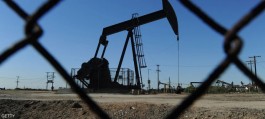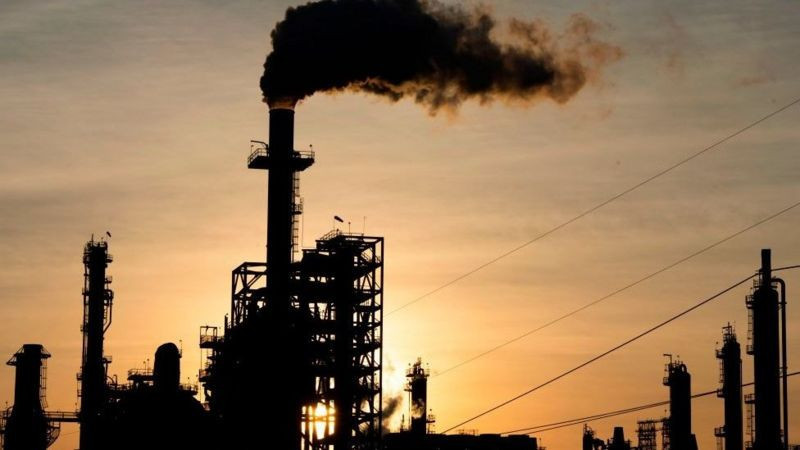The rise in oil prices continues after supply cuts by the OPEC+ alliance led to a decline in supply in the market. Saudi Energy Minister Prince Abdulaziz bin Salman is expected to address a conference on oil policy in the Kingdom, and explain its point of view on reaching net zero emissions.
The price of Brent crude (the global oil market index) rose above $94 per barrel after three weeks of gains that raised prices by 11%. Prince Abdulaziz will be among the key speakers at the World Petroleum Congress in Calgary later on Monday after Saudi Arabia and Russia extend production restrictions until the end of the year.
The price of crude oil on the London Stock Exchange has risen by approximately 10% since the beginning of the year so far, coinciding with OPEC+ restricting production and improving demand expectations, with the United States potentially avoiding a recession, and refineries in China operating at full capacity.
Bets on the rise in oil prices
Amid these market conditions, crude oil inventories decreased, while speculators increased net bullish bets on Brent crude and West Texas Intermediate (the American oil market index) to the highest level in 15 months.
Higher oil prices would also exacerbate inflation pressures around the world, with central bank officials - including the US Federal Reserve - trying to determine whether they have raised interest rates enough to curb inflation.
It will be a crucial week for monetary policy, with decisions from the Federal Reserve and the Bank of England, among several other banks.
Why do oil demand expectations vary in 2024?
Vandana Hari, founder of Vanda Insights, said the focus will likely shift to this week's Fed meeting. The bullish outlook for oil prices is likely to be supported by the continued decline in supplies and dwindling inventories.
A significant increase in diesel prices
In the physical market, refined products like diesel are increasingly showing warning signs, with the world's refineries unable to produce enough synthetic fuels and the price of diesel outpacing crude oil prices by a wide margin.
Energy Agency: Oil demand will reach its peak before the end of this decade
The price differences associated with oil futures, which markets also focus on on a large scale, indicate a decline in supplies, as the difference between the two closest contracts for Brent crude reaches 90 cents per barrel in the case of backorder, which is the largest difference since last November and reflects the tightness of supplies in the near term.









































